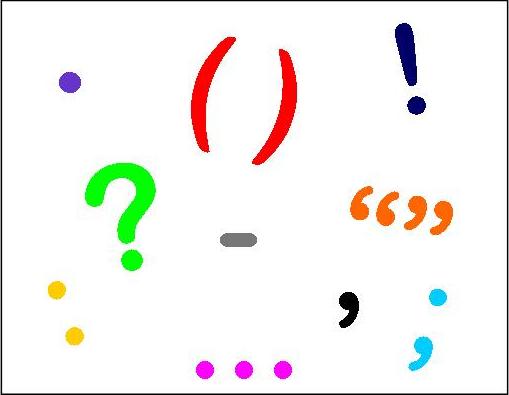 As a teacher, I see all kinds of creative use of punctuation. Some of it makes me smile at its novelty; some of it makes me groan. Each punctuation mark has its own difficulties.
As a teacher, I see all kinds of creative use of punctuation. Some of it makes me smile at its novelty; some of it makes me groan. Each punctuation mark has its own difficulties.
The semicolon is something mysterious: students are a little in awe with its presence and slightly intimidated. The more ambitious students want to use it, and indeed try to use it, to varying degrees of proficiency. “It’s a bit like a super-comma,” I sometimes explain, “and kind of like a weak period.” We do some work with it every now and then, but it’s a little like taking young divers to the 10 meter platform when they’re still nervous at 3 meters.
The comma is exhausted. It pops up in places where one never expects it. Sometimes, it appears after a form of be, lingering there to reflect the writer’s reflective pause: “The problem is, I don’t know what to say.” And in between “is” and “I,” the tell-tale comma lets us know what went through the writer’s mind: “What is the problem? I’m not quite sure how to express it, or I’m not even sure what it might actually be.”
The period is unreliable. Sometimes it goes AWOL for thought after thought, with a comma occasionally taking up the slack. Often it disappears without a trace. Every now and then, it gets over eager, jumping in at the end of prepositional phrases or subordinate clauses to create fragments.
The colon really is a phantom, a boogie man only rumored to exist and used to scare children into grammatical submission. “It’s like a big arrow, a big pointer,” I sometimes try to explain.
Quotation marks occasionally hang around, apostrophes are overly possessive, em- and en-dashes run about, and silly jokes abound. But most days a properly placed punctuation mark can make my day.